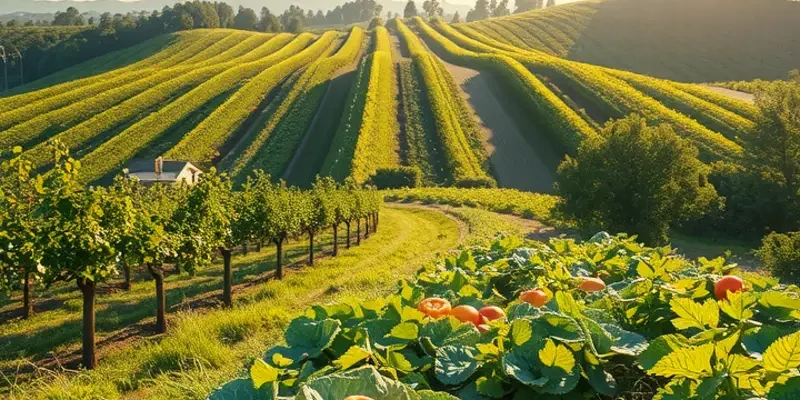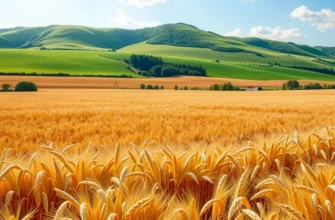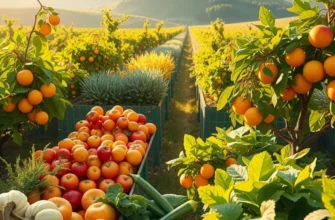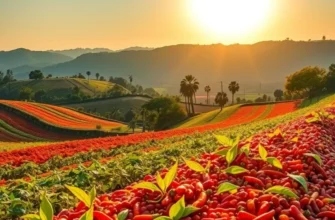Desert regions, often seen as barren wastelands, are surprisingly rich in culinary traditions that reflect their unique environments. From hearty stews to refreshing beverages, the food culture of these arid areas showcases resilience and resourcefulness shaped by the land’s harsh conditions. Whether it’s the spices of North Africa or the traditional dishes of the Middle East, the flavors that emerge are a testament to the cultures and communities that thrive there. In this journey, we will explore the vibrant food traditions of desert landscapes, revealing how they intertwine with history, geography, and community identity.
Embracing Scarcity: Culinary Ingenuity in Arid Lands
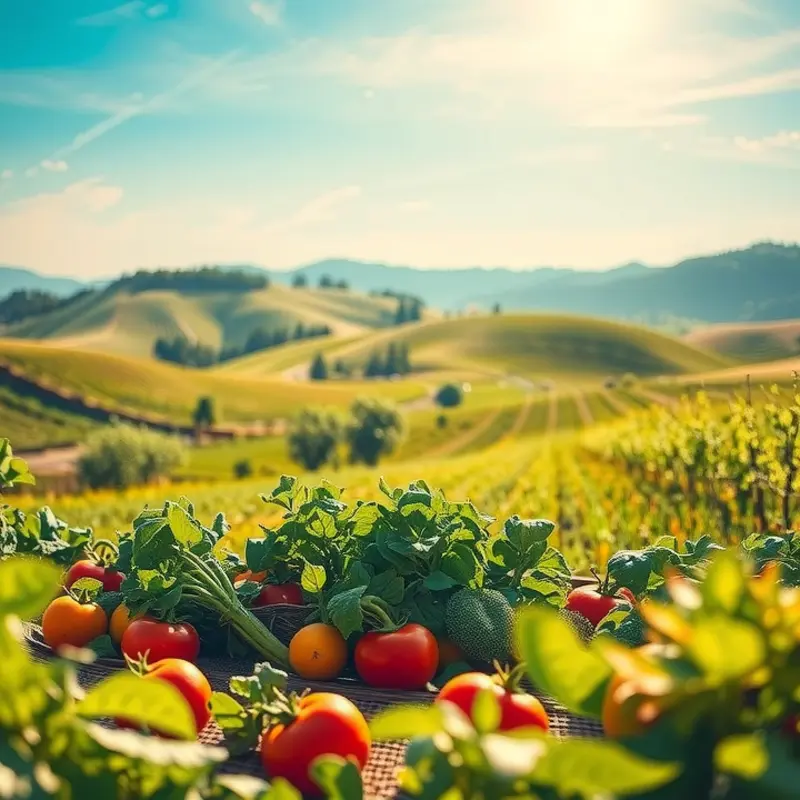
Desert regions across the globe have long been a testament to human resilience and creativity. The arid landscapes demand an approach to food preparation that maximizes every available resource. Communities in these regions have developed remarkable culinary techniques, turning scarcity into a flavorful celebration.
One of the most iconic dishes born from this ingenuity is the Moroccan tagine. Named after the earthenware pot in which it is cooked, tagine exemplifies the art of slow-cooking. The process enriches the flavors of meats and vegetables, even when only modest amounts are available. A typical tagine includes goat, lamb, or chicken, seasoned with a blend of spices like cumin, coriander, and saffron. These spices, often locally sourced, play an essential role in elevating the dish’s taste.
Preservation techniques remain a historical cornerstone of desert culinary practices. In hot climates, traditional methods ensure food lasts longer. Drying and salting are common practices, enhancing flavor while extending shelf life. Sun-dried tomatoes, for instance, are a staple in many North African and Middle Eastern dishes. These tomatoes offer intense flavors and require minimal preservation resources. In a similar vein, desert communities often jerk meats, producing a versatile protein source that can withstand extreme conditions.
Transforming grains into sustenance is another area of innovation. Couscous, popular in North Africa, utilizes coarsely ground semolina. Initially steamed and fluffed, it absorbs flavorful stews or aromatic broths. This economical use of grain stretches the resource while yielding a nourishing meal. Similarly, in the Middle East, flatbreads made with simple ingredients like water, flour, and salt provide a base for many dishes.
Spices hold a revered place in these arid cuisines, acting more as a necessity than a luxury. They offer a world of flavor that compensates for any lack of ingredients. Sumac, for instance, brings a citrusy tang to dishes, while za’atar blends can transform plain breads or vegetables. The careful selection and use of these spices is often done with an eye towards health benefits as well.
Innovation isn’t limited to traditional practices; it extends to modern interpretations. Contemporary chefs draw inspiration from these time-honored methods, adapting them for modern kitchens. Techniques like practical ingredient batching, which is further explored in this guide, help in meal preparation, allowing home cooks to capture the essence of these desert cuisines efficiently.
By embracing what might initially seem like limitations, desert communities have cultivated a cuisine rich in flavor and history. This ingenuity is a reminder of the transformative power of necessity, crafting meals that not only sustain but delight the senses.
Refreshing Relief: Beverages of the Desert
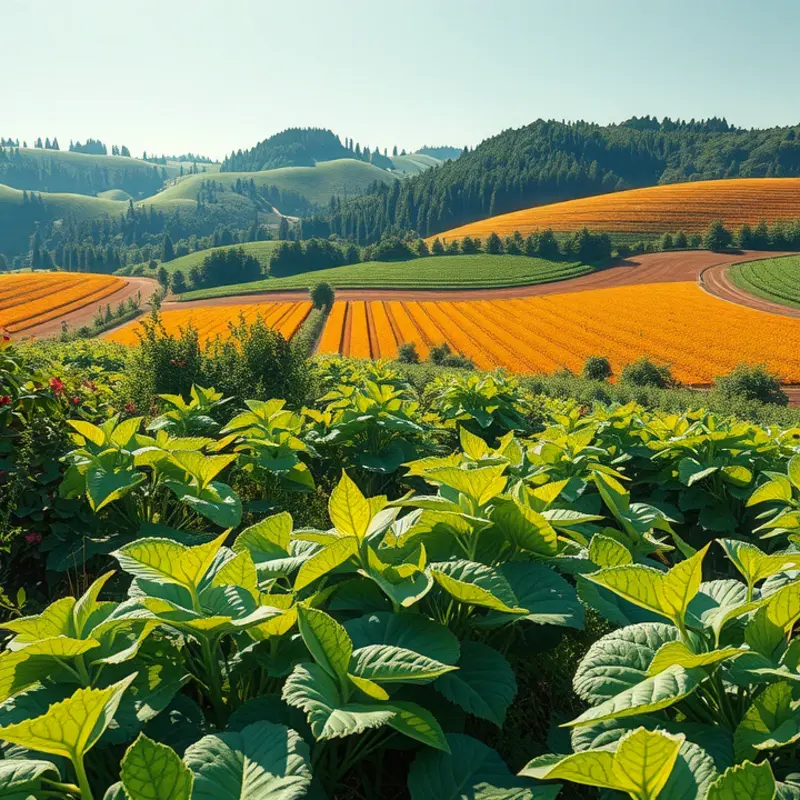
Amidst the harsh environs of desert landscapes, traditional beverages are not only a source of hydration but a testament to cultural ingenuity. These drinks, spanning continents, serve as bridges within communities, uniting people through flavors crafted over generations. From the Middle East’s rich spiced teas to the invigorating fruit concoctions of North America, each beverage tells a story of survival and adaptability.
In the arid stretches of the Middle East, tea is more than just a drink—it’s a cultural mainstay. Infused with spices like cardamom and cinnamon, these teas create a warm symphony of aromas. The process of brewing is as artistic as it is methodical, often involving specific rituals that symbolize hospitality and friendship. Serving tea is a matter of pride, embodying a sacred tradition that binds host and guest in a moment of shared experience.
Moving west to the deserts of the southwestern United States, we find an array of beverages that make use of indigenous fruits. Prickly pear cactus, with its vibrant magenta hue, transforms into sweet, refreshing juices that offer respite from the heat. This fruit, once overlooked, has been embraced for its resilience, growing in the relentless sun. The juice, often mixed with lemonade, becomes a perfect blend of tart and sweet, capturing the essence of its rugged surroundings.
Preparation methods in these regions emphasize simplicity and sustainability. Freshness is key, and with limited water resources, the focus is on maximizing flavor from minimal ingredients. For example, Middle Eastern mint tea uses local herbs, a nod to traditions supporting eco-friendly practices. Despite its simplicity, this tea bursts with flavor, offering both refreshment and calm.
Dry landscapes demand beverages that can offer both nourishment and a break from the daily grind. Thus, milk-based drinks have found their place in many desert cultures. Milk, often derived from camels or goats, is rich in nutrients and acts as a base for various spiced beverages. These nutrient-rich drinks, combined with local spices, enhance flavors while providing much-needed hydration.
Social gatherings in desert regions often revolve around these beverages, signaling the importance of ritual in everyday life. Sharing a cup is an act of community, and the repetitive preparation and consumption forge deeper connections. Adaptability is highlighted, as recipes evolve based on available ingredients and climatic conditions. Despite the arid challenges, innovation thrives, embodied in every sip of these traditional drinks.
As we explore these beverages, we see how they provide comfort and community in climates that demand resilience. Through traditional preparation methods and an enduring appreciation for local ingredients, desert cultures demonstrate remarkable creativity and adaptability. This rich tapestry of desert beverages reveals a story beyond mere hydration, showcasing a deep-rooted cultural significance that invites us all to share in its refreshing relief.
Final words
Desert regions may seem inhospitable, yet they are home to culinary traditions that celebrate life and resilience. The intricate balance of flavor, resourcefulness, and community spirit shines through every dish and drink, serving as a reminder of the ingenuity of those who work with the land. By exploring these desert food traditions, we gain insights into not only their unique flavors but also the rich histories entwined with these culinary practices. As food enthusiasts and culturally curious readers, let this exploration inspire your own culinary adventures and appreciation for global traditions.

